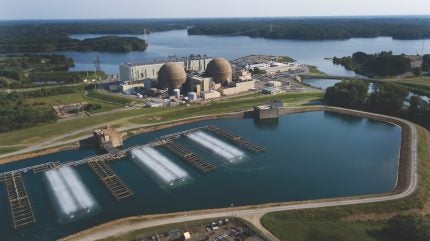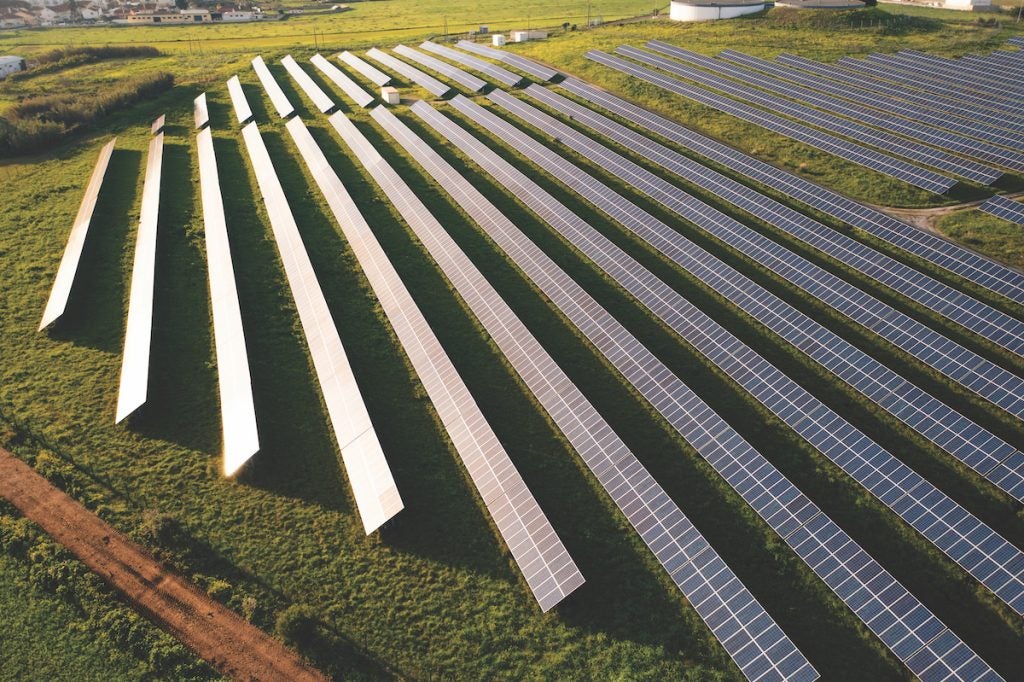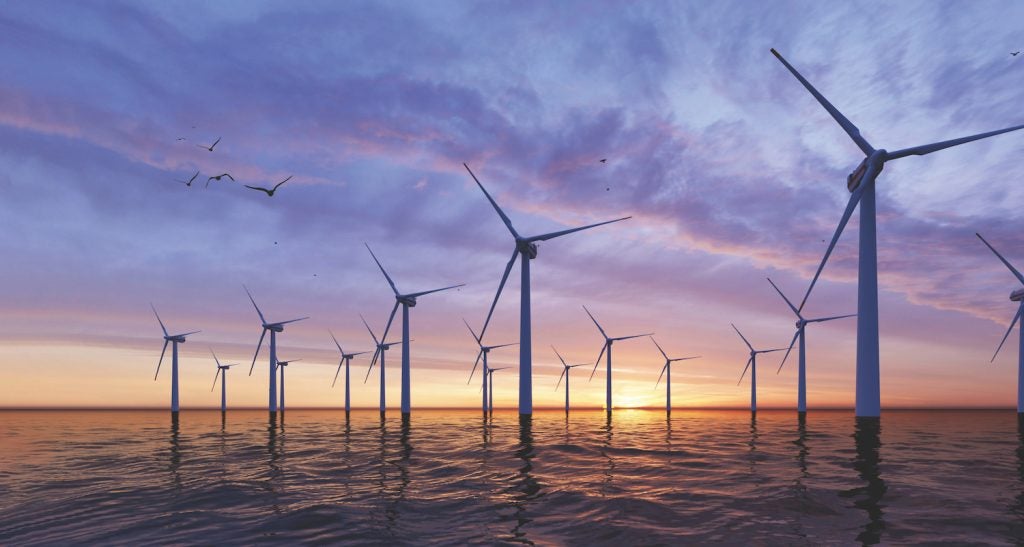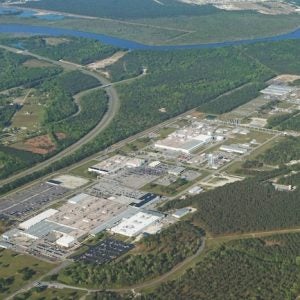
The Nuclear Regulatory Commission has concluded there are no adverse environmental impacts that would preclude the renewal of North Anna’s operating licences for an additional 20 years. With the extension, the Virginia plant’s two Westinghouse reactors – originally commissioned in 1978 and 1980 – would see their lifetimes increase from 60 to 80 years. In doing so, the NRC also considered alternative options by which plant owner Dominion could supply power to North Anna’s customers during the proposed new licence period. It concluded that neither a mixed supply, nor an array of small modular reactors, offered any environmental advantages over the existing plant. The NRC staff’s assessment provides a useful window into decision making on power supply even when there is a diverse range of options that can be deployed as an alternative to a large nuclear plant.
Weighing up the options
The ultimate decision on whether to continue to operate a nuclear station or follow alternative business plants falls to the nuclear plant owner (in this case Virginia Electric and Power Company, doing business as Dominion Energy Virginia). Before a new licence can be granted, the NRC is required to prepare an environmental impact statement (EIS) and this includes comparing the environmental impact of renewing the licence with that of alternatives.
In evaluating replacement energy alternatives, the NRC staff has to determine which replacements are likely to be available and commercially viable when current operating licences expire (at North Anna 1 and 2 their current 60-year lifetime licenses would expire in April 2038 and August 2040, respectively).
Considering the licence extension for the North Anna reactors, which are sited northwest of Richmond, Virginia, the NRC staff evaluated 16 different potential alternatives. It eliminated 14 and chose two – building five SMRs at the site or using mixed sources (including one SMR) – for in-depth study, after which it concluded that in at least four areas all the alternatives had greater adverse impact than licence renewal (in addition to the environmental impacts of new construction projects).
Off the table
Some of the 14 alternatives eliminated from detailed study relied on a single form of renewable energy generation to replace North Anna’s baseload supply.
One was solar PV, for which the assessment assumed a capacity factor of 25%, requiring 7,600 MWe of solar capacity covering 47,000 acres of land (19,000 ha). Dominion is already pursuing an “aggressive” strategy on PV, so NRC staff said acquiring land would be difficult.

Alternatively, the staff considered replacing North Anna with wind power. In this case, it assumed a capacity factor of 40% for onshore wind, which would require 4,750 MW of wind capacity. But it noted that Virginia currently has no installed utility-scale wind farms and only limited onshore wind potential. It also considered using offshore wind, for which NRC staff assumed a higher capacity factor of 50%. That brought the capacity required down to 3,800 MW, but it would still require 230,000 acres (93,000 Ha), which NRC staff says exceeds the area of the Federal waters off coastal Virginia that is designated for wind energy leasing. As with solar PV, Dominion is already pursuing offshore wind and so acquiring additional lease areas would also be difficult. Other offshore options (wave and tidal power) were considered to be immature technologies.
Other alternatives to licence renewal fall foul of the Virginia Clean Energy Act (VCEA), which came into effect in 2020 and which mandates the retirement of all generation that emits carbon dioxide as a byproduct of combustion by 2045. Oil, coal and gas-fired power stations would be unlikely to be granted permits and the NRC staff said that although some gas-fired generation will be on the system, it will be used to manage renewables rather than as a replacement baseload power alternative. The VCEA would also outlaw meeting demand by extending the lifetime of fossil plants.
Smaller alternatives – biomass or waste to energy – hit several barriers. Dominion has plants of both types but rated around the 50 MW level. The NRC staff said building 38 new plants was unlikely and in addition both fall foul of VCEA and both options raise questions over fuel supply.
Virginia’s natural resources do not include significant geothermal sites and although it has one of the US’s largest hydropower storage sites (the 3,000 MW Bath County pumped storage station) hydropower is complicated by “the competing demands for water resources, and public opposition to the environmental impacts from the construction of large hydroelectric power facilities”.
The NRC staff also dismissed ‘no-build’ options such as demand-side management (saying it could not guarantee reductions in electricity demand) and buying-in power (saying it was typically more expensive than self-generated power and carried a risk of non-delivery).
Finally, the NRC staff also considered fuel cells, which they said had economic and technological barriers. For technology, the staff considered that fuel cell units used for power production are likely to be as small as 10 MW, so nearly 200 units would be required. They were not competitive on cost, at $6,639 per kilowatt, and staff thought that cost may not fall, despite government initiatives.
Viable alternatives
Having dismissed most of the alternatives, the NRC staff considered two “reasonable” options: replacing the two existing North Anna units with five SMRs; and a combination of carbon-free replacement power generation technologies with demand-side management.
The staff considered light water SMRs, noting that their small size allows for several SMRs to be bundled in a single containment for greater siting flexibility, because they can fit in locations not large enough to accommodate a conventional nuclear reactor.
To replace North Anna, they assumed an array of four 400 MWe SMRs (using a generic design and representative construction and operating parameters derived from several commercial designs) and one 300 MW SMR to fully replace the site capacity. This could be built in a 200 acre (81 Ha) area west of and adjacent to the existing North Anna facilities which has already been evaluated during permitting processes.
The NRC staff’s second option is mixed capacity. It would combine 800 MW of solar PV (from eight 400 MW solar farms operating at 25% capacity factor), 500 MW of offshore wind (from 72 14 MW turbines along Virginia’s Atlantic coast and in Chesapeake Bay, together providing 1000 MW of capacity and operating at 50% capacity factor), 400 MWe from an SMR on the North Anna site and 200 MW from demand-side management, although that combination could be adjusted.
Around 20,000 acres (8,000 Ha) of land would be required to operate the eight solar power and storage facilities. The offshore wind component would require around 72 square nautical miles, once space is allowed for separation to avoid inter-turbine air turbulence and allow for navigation by ocean vessels. There would be additional disturbance from trenching activities required to install cable to connect the turbines and export the power to onshore facilities, although that could be shared, given that Dominion already has plans for 5 GW of offshore wind over the next 15 years.
A single unit, 400 MWe SMR power plant would be installed at North Anna. Although some infrastructure upgrades may be required in association with the SMR, existing transmission line infrastructure would be adequate. Energy conservation and efficiency programs (broadly referred to as demand-side management) would be used to replace approximately 200 MWe of capacity. NRC staff said estimates demand response involve considerable uncertainty, but replacing 200 MWe of North Anna “would be a reasonable assumption for the combination alternative”.
Environmental footprints considered
In making the comparison between the alternatives and agreeing a renewed licence for North Anna, the NRC staff found that the effect in most environmental categories was small for all three options. For the SMR and mixed solution some impacts – such as specific wildlife or historical sites – could not be assessed unless a site was chosen.
SMRs had a more favourable outcome than the mixed use option, with potential effects only in land use (small effects based on the use of an area next to the North Anna plant that had previously been considered as part of the site, but with potential for moderate effects elsewhere depending on uranium fuel cycle requirements) and visual resources (small to moderate, mainly because of the potential for condensation plumes from cooling in some weather conditions).
The adverse effects of the mixed option were most often based around the large area required. Specifically on land use the impact of the eight solar farms would be ‘moderate to large’, requiring around 20,000 acres (8,000 Ha) of land, sited with access to Dominion transmission systems. This could be on industrial or agricultural land, but the NRC staff assumes they cannot be co-located with other land uses (such as agriculture). For the offshore wind capacity (a large component of the total), land would be needed for onshore support facilities, which may affect tourism and recreation. However, Dominion would limit onshore construction to previously disturbed areas on the State Military Reservation, so land use impact would be ‘small to moderate’. In contrast, a single SMR would have small impact as it requires only 35 acres (14 Ha), most likely on land already zoned for industrial use.

For ‘terrestrial resources’ (ie animal and bird habitats) the effect of the mixed development would be ‘small to large’, based on the need to clear land for large solar farms and the potential for wind farms to cause bat or bird collisions.
For ‘aquatic resources’ there would be a ‘moderate to large’ effect from constructing offshore wind farms. That included turbidity, noise, vibration and physical disturbances from pile driving, turbine construction, and submarine power cable installation. Cable installation could disturb large spans of aquatic habitat with dredging in some areas.
For both alternatives to licence renewal the socioeconomics and transportation effects were ‘moderate to large’. Both options would require large numbers of staff during construction, which will generate income but also increase traffic. But on the demand side management and energy efficiency components of the mixed replacement, the NRC staff says, personnel would be needed long term and this could generate additional employment, depending on the nature of the conservation and energy efficiency programmes and the need for direct measure installations in homes and office buildings. But “Jobs would likely be few and scattered throughout the region and would not have a noticeable effect on the local economy.”
The NRC assessment thus concludes that both renewables and a mixed portfolio of low/zero carbon generation result in more environmental impacts than licence extension at North Anna.






